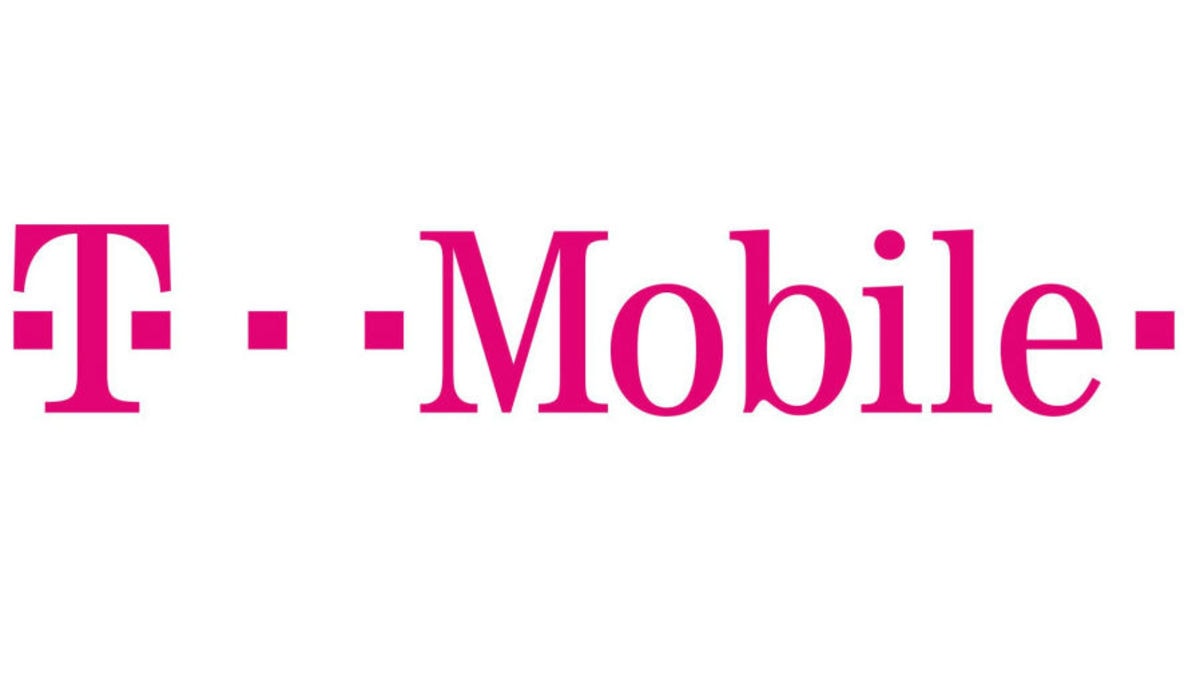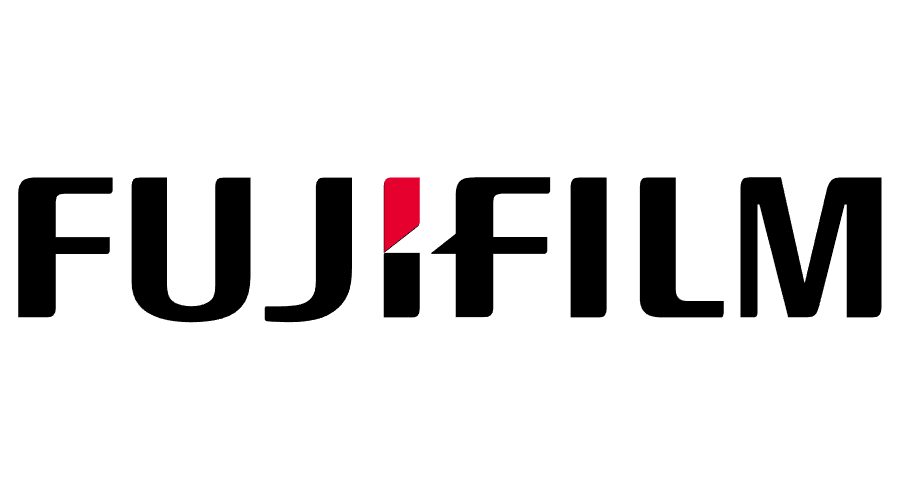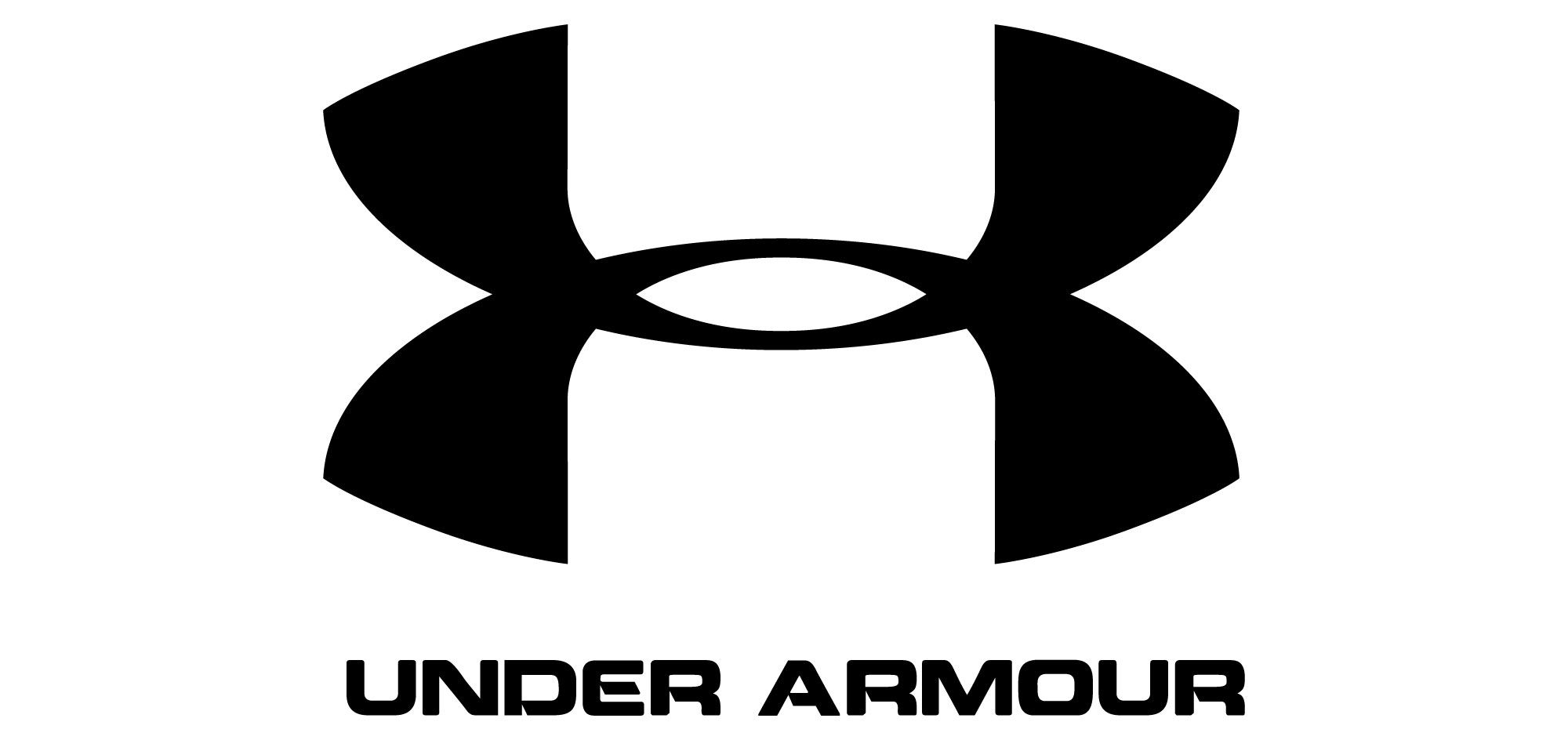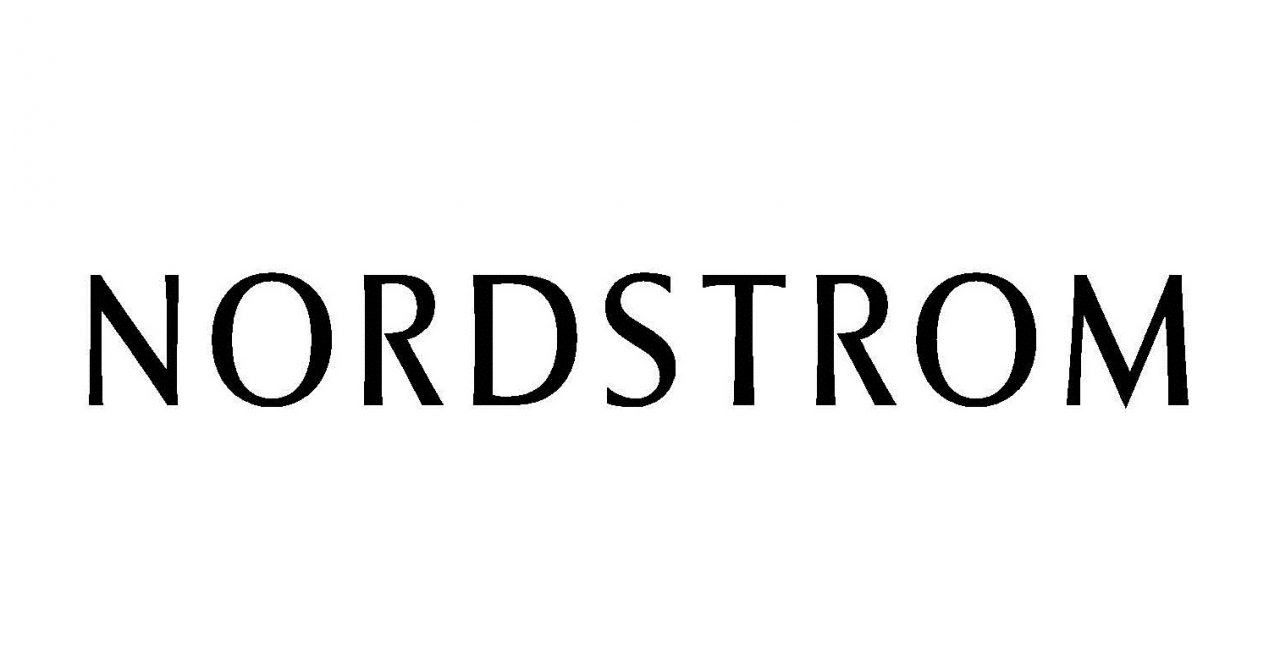Key Takeaways
- Opt for Thicker Materials
Thicker acrylic materials provide better durability and resistance to cracks or breaks. Choosing high-quality materials ensures a longer lifespan for your sign holders. This reduces the need for frequent replacements and repairs. - Secure Holders to Surfaces
Attaching sign holders to counters or walls prevents accidental falls and damage. Secure placements keep displays organized and professional-looking at all times. Proper installation minimizes the risk of wear and tear from movement. - Select Appropriate Holders for Conditions
Using weatherproof holders for outdoor displays protects signs from rain, sun, and dust. Indoor holders should be chosen based on foot traffic and handling frequency. Selecting the right holder prevents premature deterioration. - Regular Maintenance and Cleaning
Routine cleaning prevents dust buildup and maintains the clarity of acrylic holders. Using non-abrasive cleaners avoids scratches that can make signs look worn. Proper maintenance extends the lifespan of displays and keeps them looking new.
Do you use sign holders, brochure holders and table tents to advertise products, services and promotions in your store? If so, there’s a good chance you can improve durability and reduce the risk of damaged or broken holders with a few small tricks and tactics.
From choosing the right material thickness to attaching your brochure holders to surfaces, you can prevent most broken or cracked sign and brochure holders easily, helping you get optimal results from your signage and the longest possible lifespan from your equipment.
Below, we’ve listed our four top durability tips for in-store sign and brochure holders. If you use sign, brochure and multi-pocket holders in your store, give one or all of them a go to eliminate breakages and get more from your promotional gear
Choose thicker, stronger material for heavily used holders
One of the easiest ways to reduce the number of broken sign holders you deal with as a retail or hospitality business owner is to choose thicker, stronger material when you order your in-store promotional equipment.
Our displays and holders are available in a variety of thicknesses, ranging from lightweight .08” acrylic to thick and durable 3/16ths of an inch. The thicker the material, the lower the risk of any cracks or structural damage if it’s bumped into, knocked to the ground or otherwise damaged.
While choosing a thicker material does have a downside -- the thicker, bulkier display can be an annoyance when it comes to visibility -- it’s a great way to eliminate cracks and other damage to your displays and holders that can occur when they’re bumped into or knocked by customers.
Try gluing or attaching your brochure holders to surfaces
If you store your sign and brochure holders on countertops, dining tables, checkout areas and other retail or dining surfaces, there’s a good chance of your customers accidentally bumping them off the surface and knocking them to the floor.
With a strong enough impact, this can easily lead to an acrylic holder cracking or breaking into several pieces. While this isn’t a particularly big deal if you have spares available, it can easily become a costly annoyance over the long term.
One easy way to eliminate this problem is to glue your brochure holders to their surface. Use a hot glue gun to attach your brochure holders to their table, countertop or other surface and stop accidental bumps and brushes from costing you valuable equipment.
Place sign holders out of reach to avoid bumps and breakages
Another easy way to cut down on damage to your sign holders is to move them out of reach of your customers. This is particularly useful for in-store retail signage, which often gets bumped into and damaged by shopping carts.
If you use in-store signage to alert customers to discounts and promotions, try placing it at eye level instead of beside a specific product. This way, it’s still within reach of customers and easy to spot, but high enough off the ground that damage from shopping carts isn’t a risk.
For bigger signs, try installing them near the top of aisles or in another location that’s completely out of reach of customers. While this can have a slight negative impact on visibility, it’s an easy, effective way to reduce accidental damage to your in-store signage.
Invest in the best with unbreakable displays and sign holders
Finally, the best way to prevent your sign holders, brochure holders and other promotional gear from being damaged is to invest in heavy duty, unbreakable displays and sign holders from the beginning of your campaign.
Our virtually unbreakable displays are designed to tolerate the roughest of retail treatment with no cracks, scratches or structural damage, helping you get a longer shelf life from your displays and in-store item holders.
These holders use clear, extra strength PETG plastic, which is extremely lightweight but offers some of the best durability of any signage material. While it comes at a slight cost, PETG is an unbeatable option if your goal is to get the longest possible shelf life from your displays.
FAQs
- How does material thickness affect durability?
Thicker acrylic or plastic materials offer greater impact resistance and durability. This prevents breakage from accidental bumps or drops in high-traffic areas. Investing in thicker holders reduces replacement costs over time. - Why should holders be secured to surfaces?
Securely mounting holders prevents them from tipping over or getting knocked down. This keeps displays intact and maintains a neat presentation for customers. Fixed placements also reduce daily wear and handling damage. - What are the benefits of weatherproof holders?
Weatherproof holders protect signs from fading, moisture, and dirt. Outdoor signage remains clear and readable for longer, reducing replacement frequency. Durable holders ensure marketing materials withstand environmental exposure. - How can regular maintenance extend the life of acrylic displays?
Cleaning with soft cloths and mild cleaners prevents scratches and clouding. Regular dusting keeps the display attractive and maintains its professional appearance. Well-maintained holders stay functional and visually appealing. - Are different holders needed for different store areas?
High-traffic areas require sturdy holders that resist frequent handling. Countertop holders work best for close interactions, while mounted holders prevent clutter. Choosing the right holder ensures durability and ease of use.














